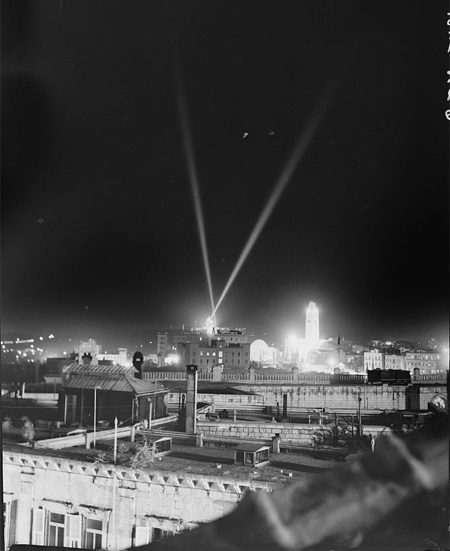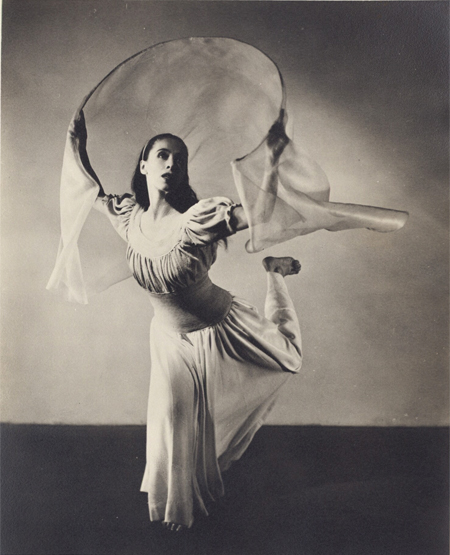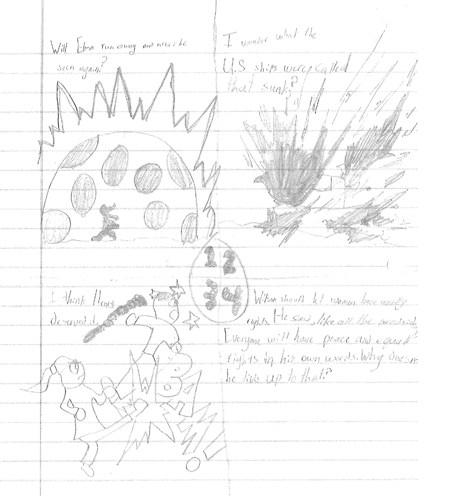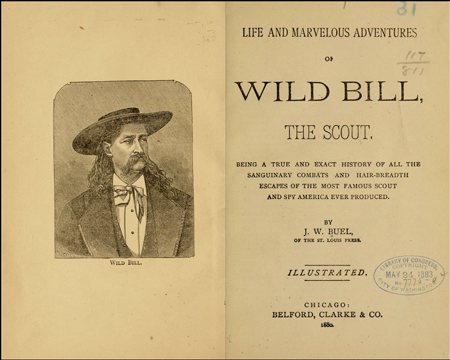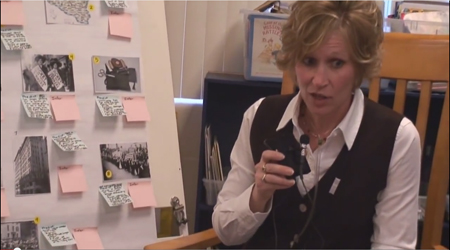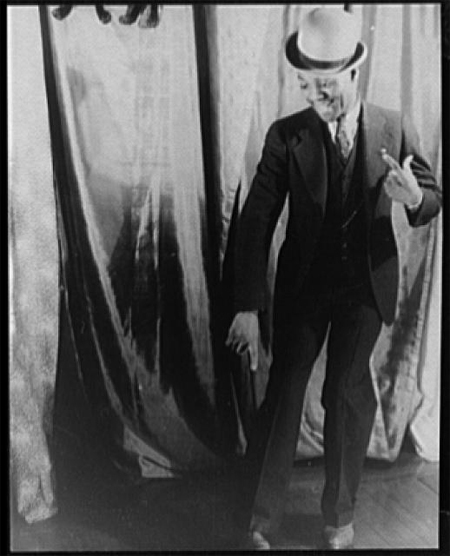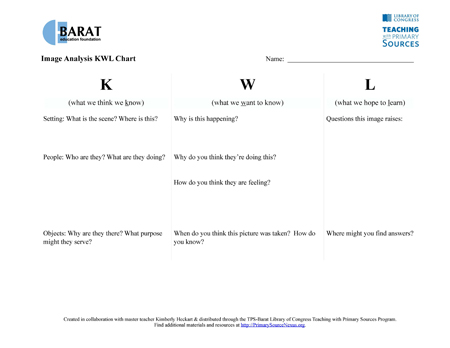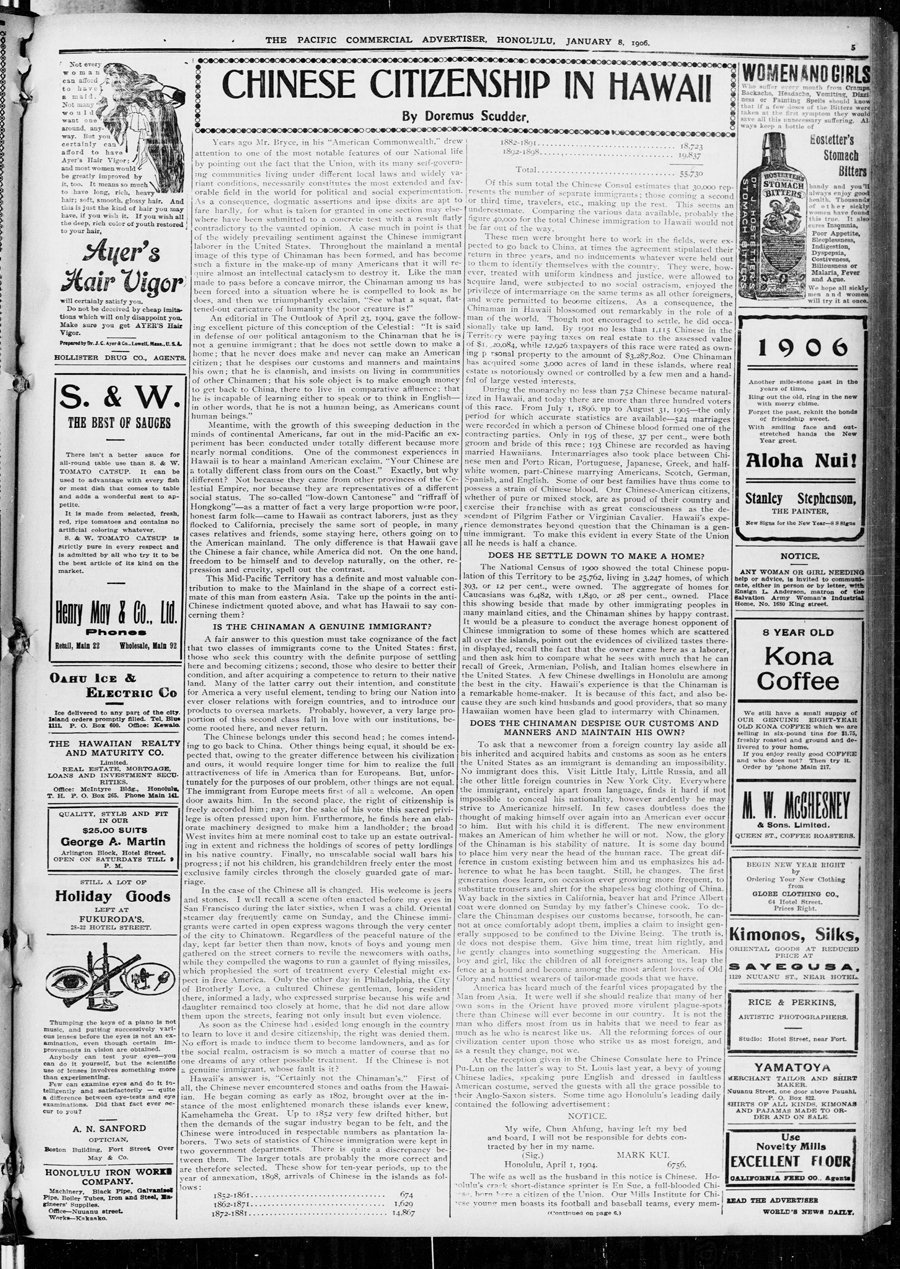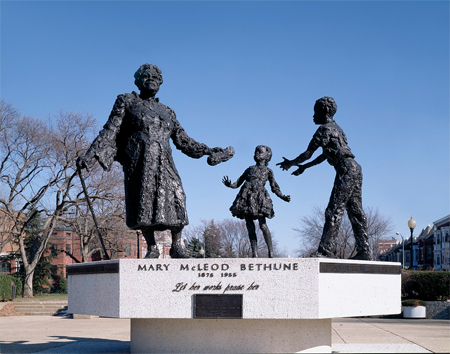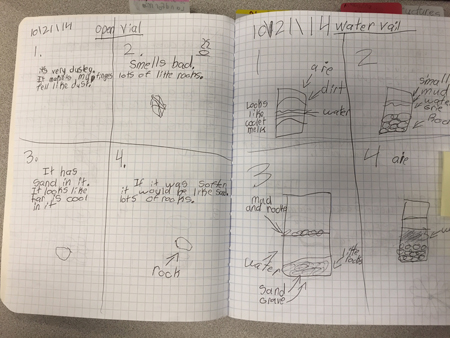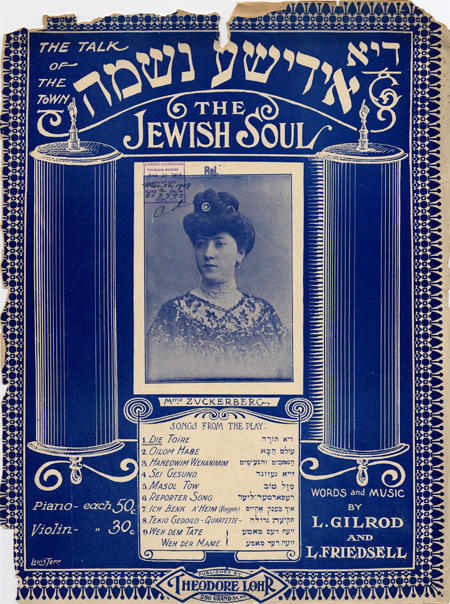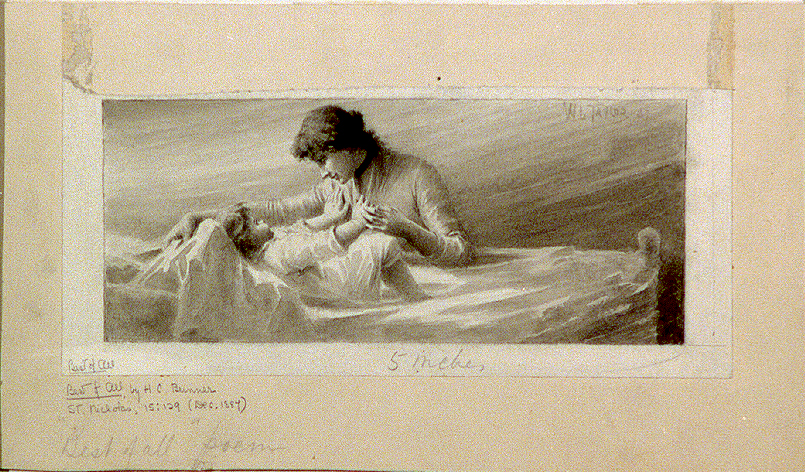Primary Source Spotlight: V-E Day & V-J Day
V-E Day celebrates the Allied World War II victory in Europe and V-J Day the victory over Japan. V-E Day image set V-J Day image set V-E Day historical newspaper coverage V-J Day historical newspaper coverage Legislation A concurrent resolution to pay tribute to the American Veterans of World War II on the 40th anniversary…

